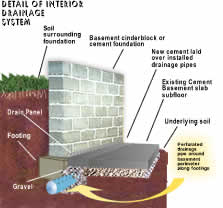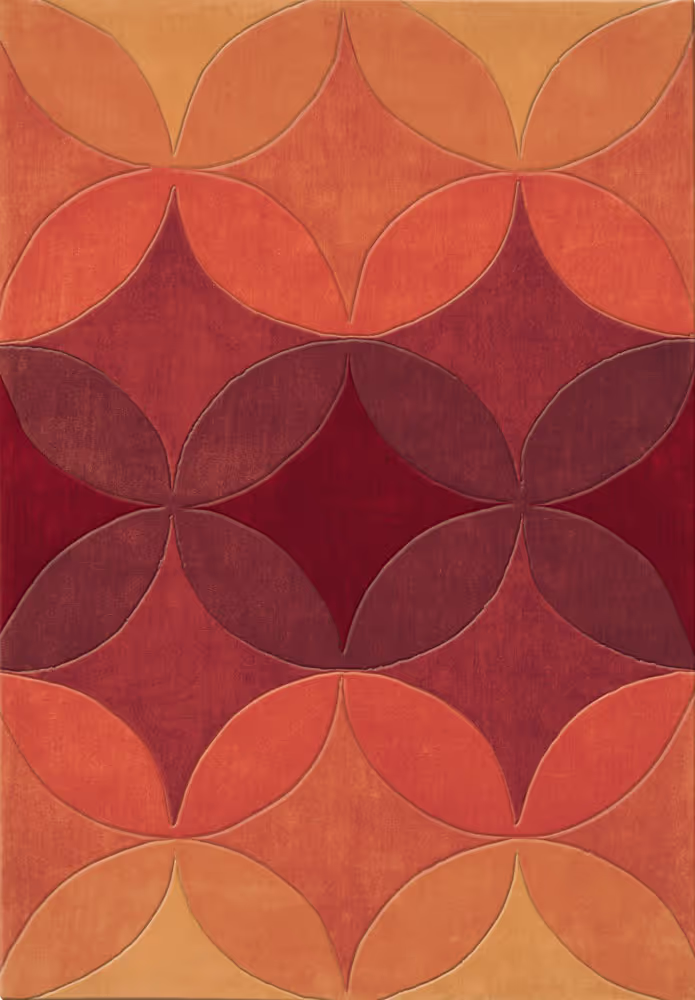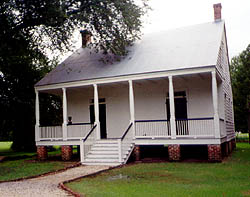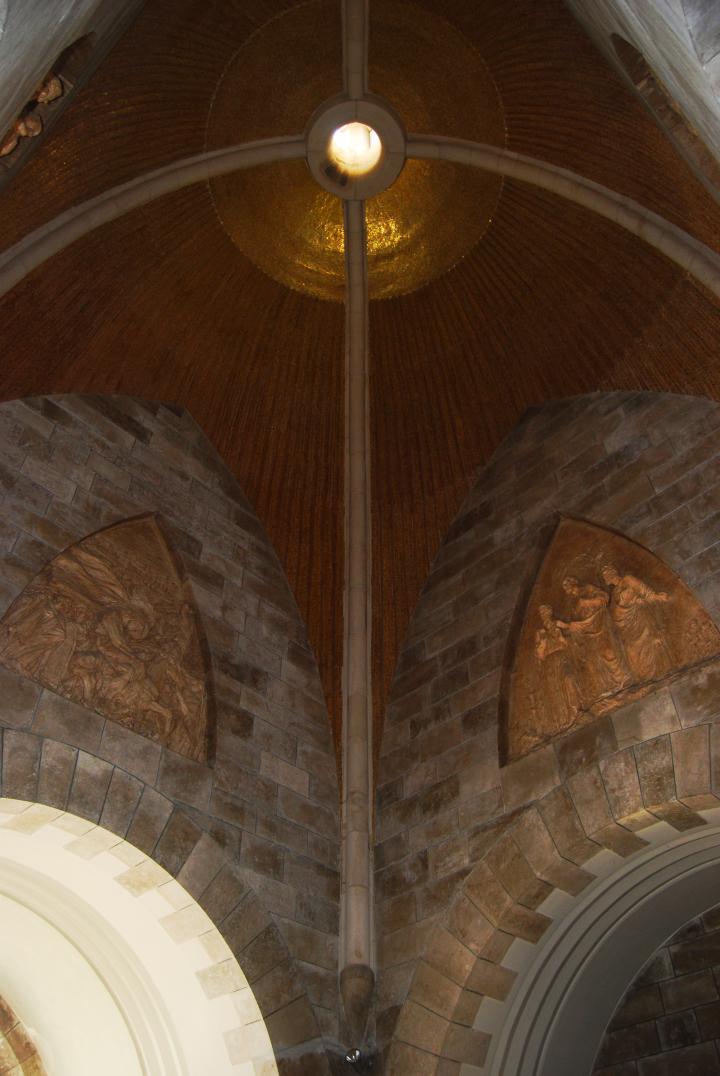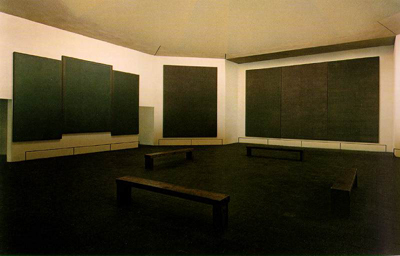
Interior Designs For Kitchen
Various Kitchen Layouts
Fortunately, there are several various kitchen layouts; at least one of which will be adaptable to any size food preparation area that you happen to have. Seeing that this room in the most visited place in the majority of homes, this enable the average homeowner to create the most convenient and efficient work area that they possibly can. The kitchen is, and always has been, a welcoming and comforting place to share the happenings of every day living experiences. Therefore, when choosing the style that is perfect for your family, always keep a much needed place to fellowship in the fore front of your mind.
Fortunately, there are several various kitchen layouts; at least one of which will be adaptable to any size food preparation area that you happen to have. Seeing that this room in the most visited place in the majority of homes, this enable the average homeowner to create the most convenient and efficient work area that they possibly can. The kitchen is, and always has been, a welcoming and comforting place to share the happenings of every day living experiences. Therefore, when choosing the style that is perfect for your family, always keep a much needed place to fellowship in the fore front of your mind.

There are a few different plans that the homeowner can choose from. Each one has their own particular advantages. It is always a good idea to spend some time browsing through a few home improvement stores or sites on the internet. By doing this you can actually see which one would best fit into your home.

If your kitchen is long and narrow, the single line arrangement is probably the best for you; as the name suggests all appliances and cabinetry is placed against one wall. The double L-shape is utilized when the room long and wide enough to permit cabinets to be mounted on two walls; that are parallel with each other. However, you may prefer the L-shape design. This design is very convenient and efficient. It also allows plenty of room for a table and several chairs to be placed opposite the "L' corner. Of all the possible layouts, it is probably the most family friendly.

So, no matter what the dimensions of your room are, there is always a functional kitchen design that will perfectly fit into the allotted space.
Source:
Source:
http://ezinearticles.com/?Various-Kitchen-Layouts&id=3223035

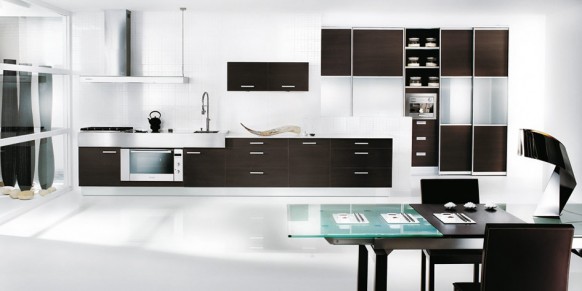



Interior Designs For Kitchen













